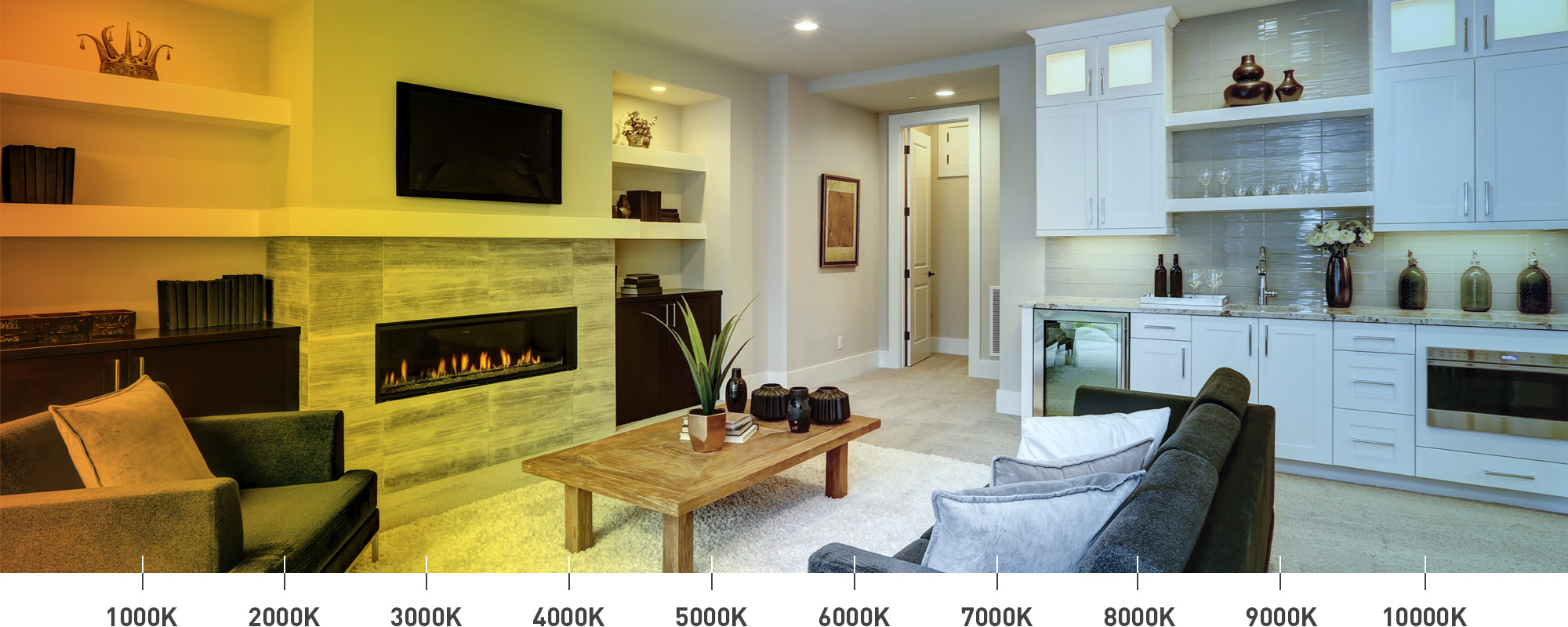We use cookies to make your experience better. To comply with the new e-Privacy directive, we need to ask for your consent to set the cookies. Learn more.


Overview of Kelvin measurement
Colour temperature is an important factor in any installation
In this article we will discuss an overview of kelvin; both as a measurement and how it is used.
Kelvin is the SI unit of temperature, with one of the most practical uses in the definition of colour. Light temperature is measured in degrees of Kelvin on a scale from 1,000 to 10,000. Which is why you see colour temperatures such as 2700K or 6000K, nothing above 10,000K.
The Kelvin is not expressed in degrees like Celsius or Fahrenheit. It is used by itself to describe temperature.
A change in 1 kelvin is the same amount of temperature changes as 1 degree Celsius, however the kelvin scale is absolute in the sense that it starts at zero.
The zero point of the kelvin scale is absolute zero, which is when particles have minimum kinetic energy and cannot get any colder.
The lower end of the scale between 1,000 to 10,000 means the warmer the colour temperature will be. The higher end of the scale between 1,000 to 10,000 means the it will emit a blue-white colour temperature mimicking daylight.
In lighting terms, the kelvin of a light is assigned using the basis of correlate colour temperature (CCT). You can find out more about this by reading our technical article on colour temperatures.
For example, if a metal object is to be heated and the object appears to glow, then depending on the kelvin temperature that the object is being heated at, the glow will be various colours. The colour temperature of a light replicates the kelvin temperature of the object.


